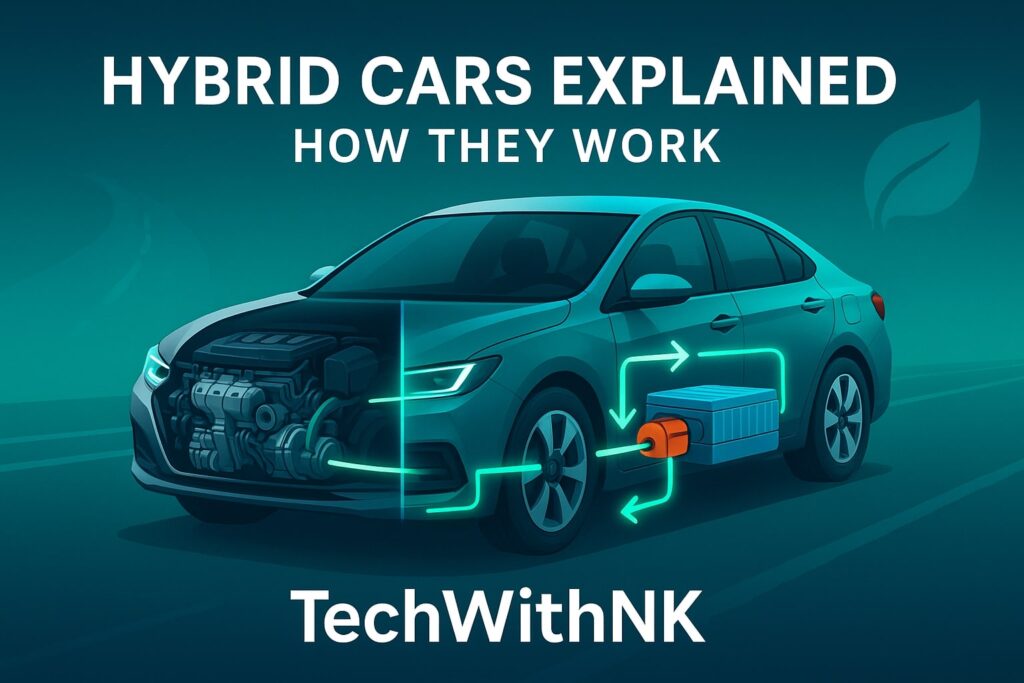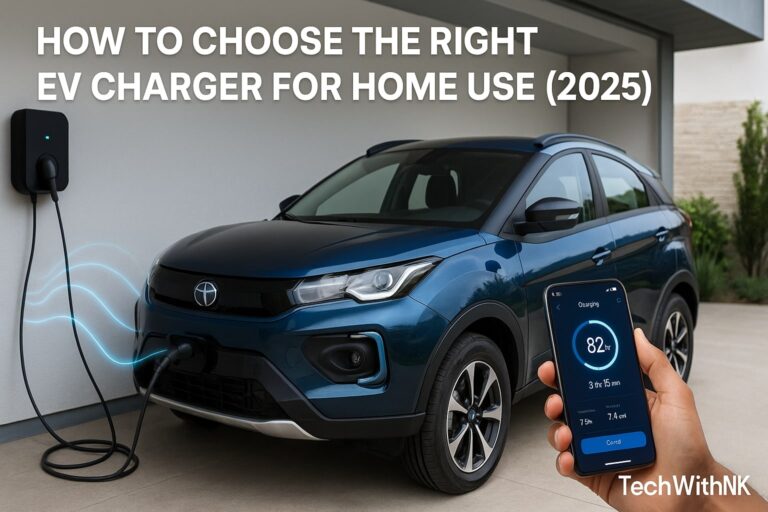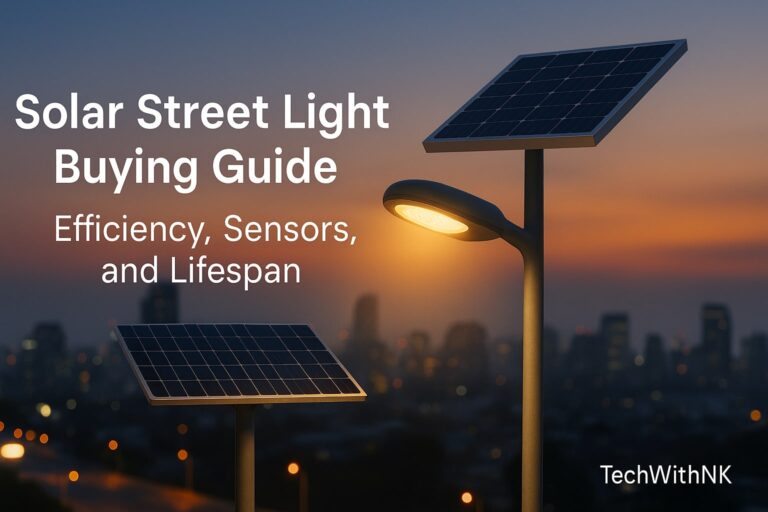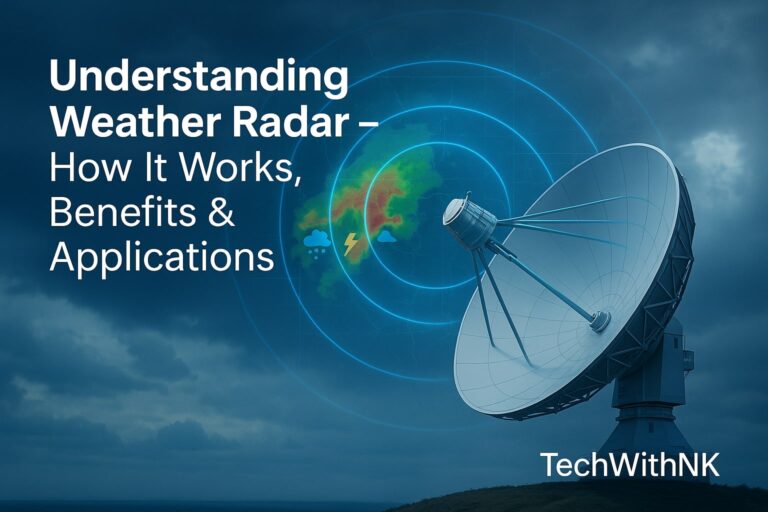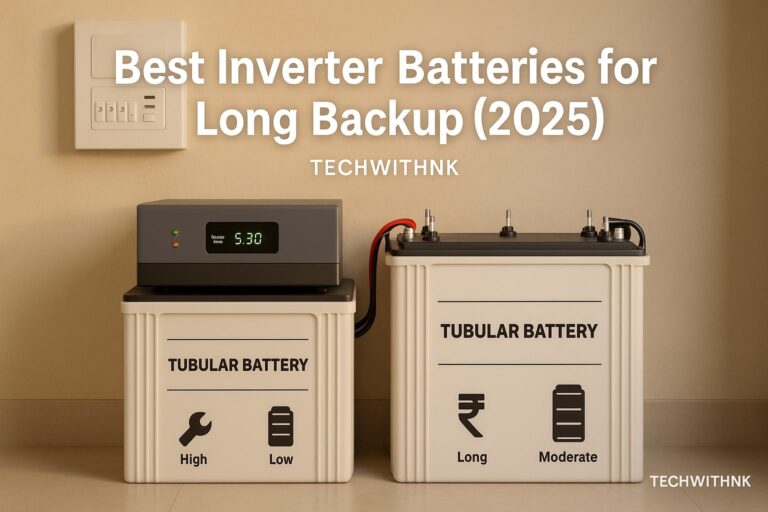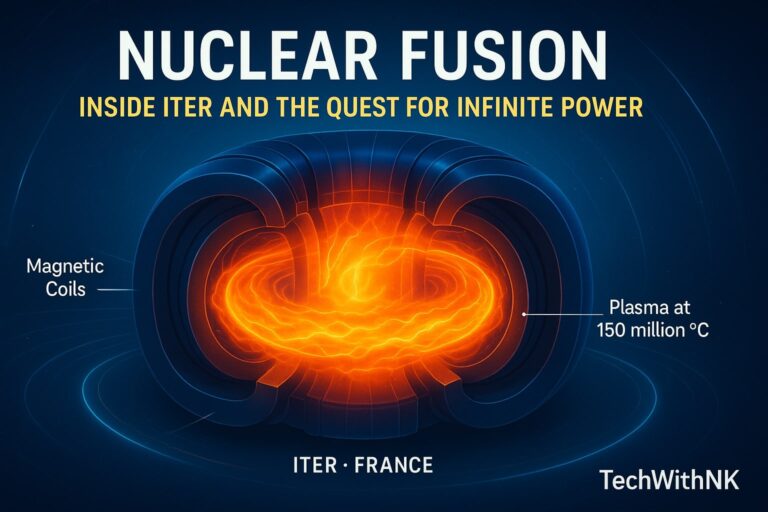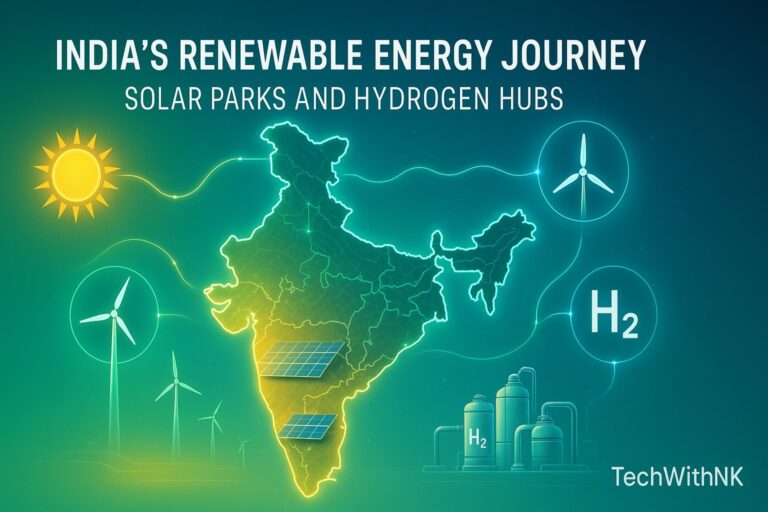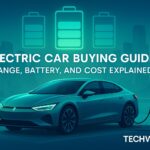Introduction – What Is a Hybrid Car?
A hybrid cars combines the best of both worlds — a petrol or diesel engine and an electric motor — working together to power the vehicle.
Unlike conventional cars that rely entirely on fossil fuels or pure EVs that depend solely on batteries, hybrids balance performance, efficiency, and range.
In essence, a hybrid vehicle intelligently switches between engine power and electric power, or even uses both simultaneously, depending on driving conditions.
For example:
At low speeds or city driving, the electric motor powers the car.
During acceleration or highway cruising, the engine takes over or works with the motor.
While braking or decelerating, energy is recovered to recharge the battery.
This seamless switching delivers better mileage, lower emissions, and smoother driving — the reason hybrids are gaining popularity worldwide.
The Basic Working Principle
At its core, a hybrid car uses two power sources — Internal Combustion Engine (ICE) and Electric Motor + Battery System.
Here’s how the hybrid power cycle typically works:
Starting / Low Speed:
The car uses the electric motor only, powered by the battery. This makes it quiet and fuel-efficient.Normal Driving:
The engine and motor work together, with the electric motor providing torque assist.Acceleration:
Both systems combine to provide maximum power for performance.Braking or Deceleration:
The regenerative braking system captures kinetic energy and converts it into electrical energy stored in the battery.Idle or Traffic Stops:
The engine shuts off automatically to save fuel, and accessories are powered by the battery.
👉 This smart coordination is managed by the Hybrid Powertrain Control Unit (HPCU) — the brain of the hybrid car.
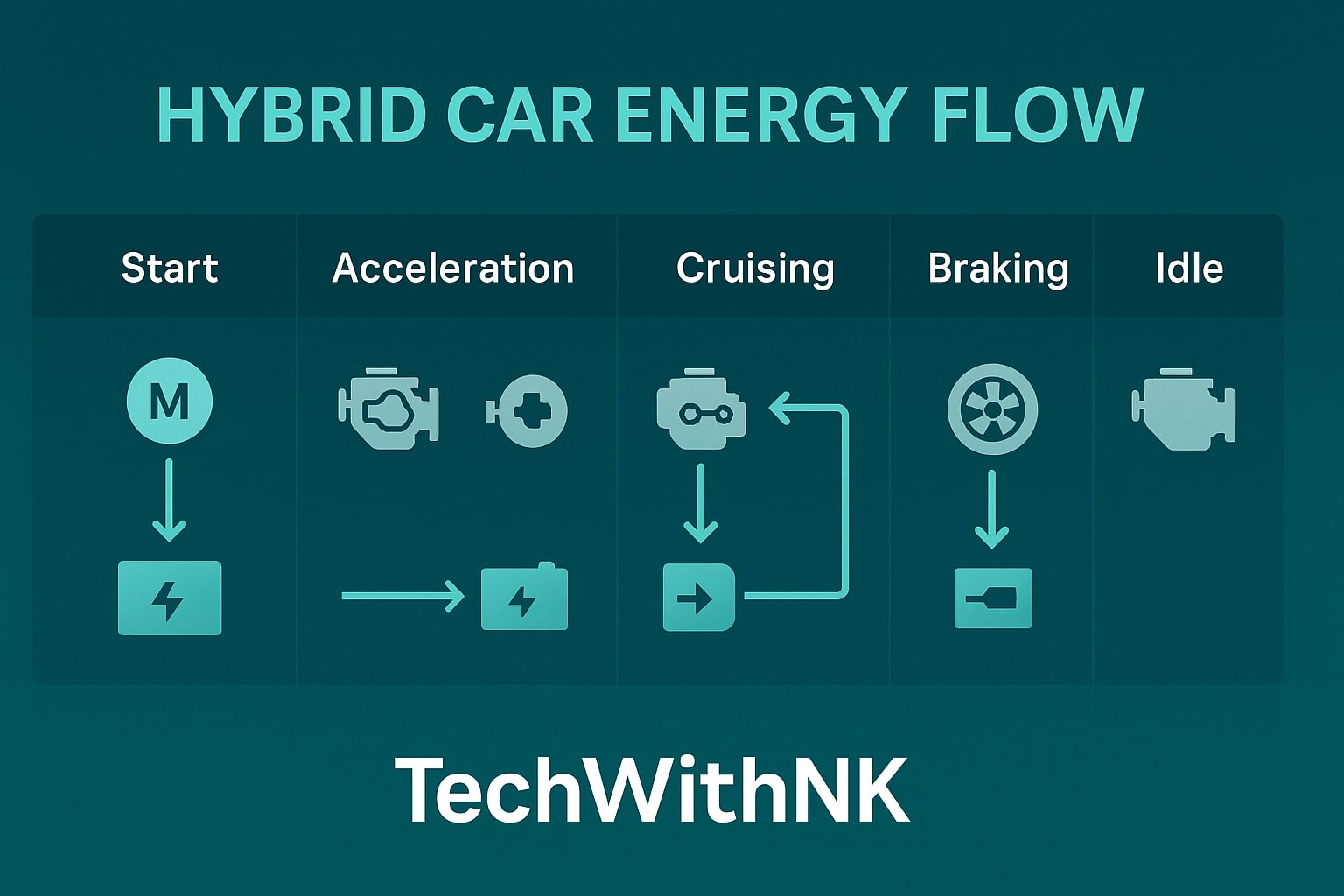
Key Components of a Hybrid Vehicle
A hybrid vehicle integrates complex systems that work in harmony.
Let’s understand each key part:
1. Internal Combustion Engine (ICE)
Usually a small, fuel-efficient petrol engine.
Works when higher power or extended range is needed.
2. Electric Motor
Provides instant torque.
Assists the engine during acceleration or runs the car alone at low speed.
3. Battery Pack
Stores energy for the motor.
Recharged via regenerative braking or directly from the engine (in full hybrids).
4. Generator / Alternator
Converts mechanical energy into electrical energy to charge the battery.
5. Transmission System
Often uses E-CVT (Electronically Controlled CVT) for seamless gear changes and power blending.
6. Power Control Unit (PCU)
Acts as the brain that decides how much power to draw from each source.
7. Regenerative Braking System
Captures energy lost during braking and converts it into electricity.
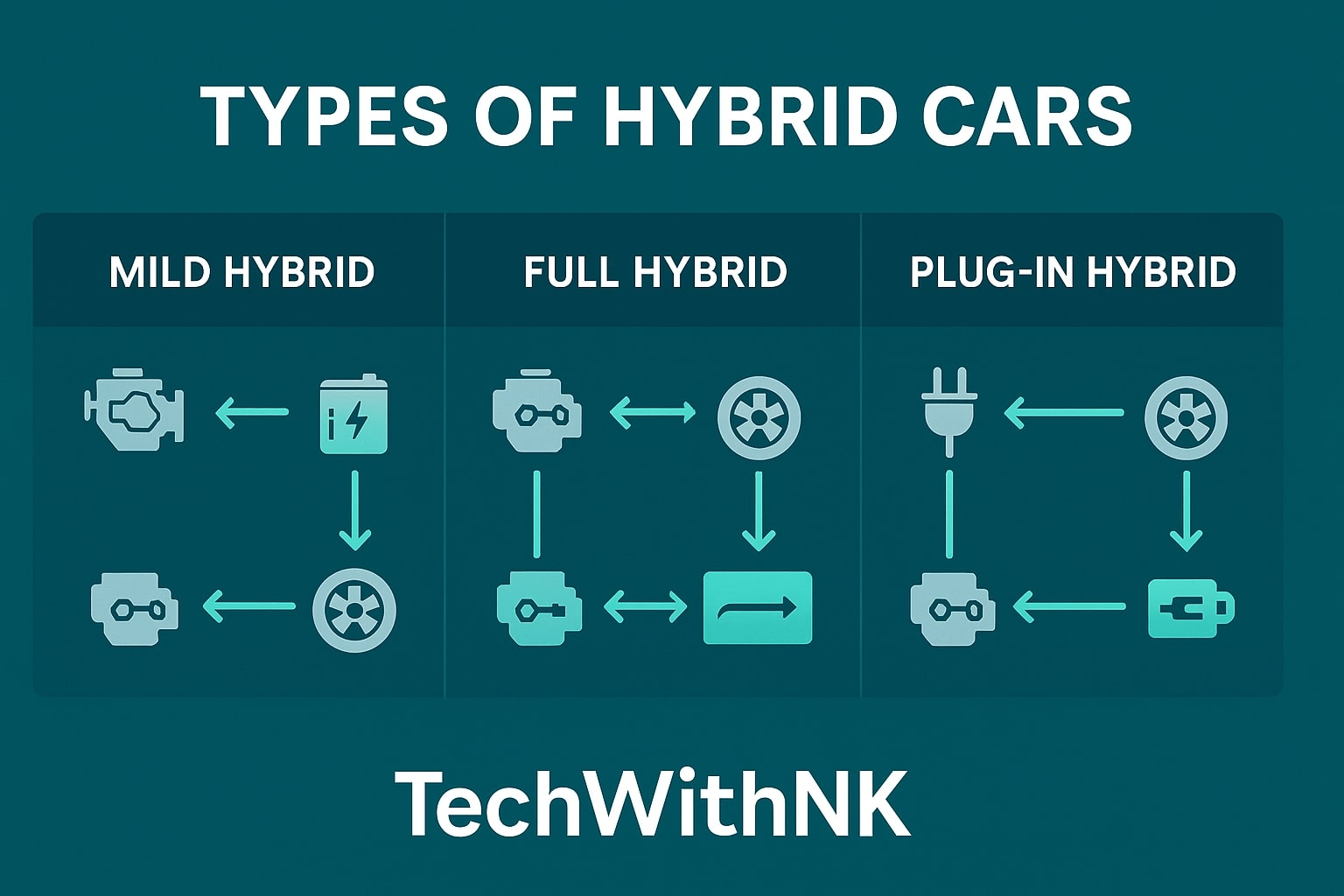
Types of Hybrid Cars
There are three main categories of hybrid cars based on how the engine and motor share power.
A. Mild Hybrid (Micro Hybrid)
The simplest form.
Electric motor assists the engine but cannot drive the car alone.
Saves fuel during idle-stop and acceleration.
Example: Maruti Suzuki Smart Hybrid cars (India).
Pros: Affordable, simple design, good mileage boost.
Cons: Not true electric drive; limited emission reduction.
B. Full Hybrid (Strong Hybrid)
These can run purely on electric power or combine both sources.
Two sub-types exist:
1. Parallel Hybrid
Both engine and motor can power the wheels directly.
The most common layout worldwide.
Example: Toyota Prius, Honda City e:HEV.
Pros: Efficient, seamless switching, high reliability.
Cons: Slightly complex and costly.
2. Series Hybrid
The engine only charges the battery, never drives the wheels directly.
The electric motor does all propulsion work.
Example: Nissan e-Power system.
Pros: Smooth EV-like experience.
Cons: Less efficient on highways.
C. Plug-in Hybrid (PHEV)
Can be charged externally via a plug, just like an electric car.
Offers electric-only range (40–80 km) before the petrol engine starts.
Pros: Best of both — electric drive for short trips, petrol for long ones.
Cons: Expensive; requires charging infrastructure.
How Energy Flows Inside a Hybrid Car
Energy flow depends on the driving phase:
| Driving Mode | Power Source | Energy Flow |
|---|---|---|
| Start/Low Speed | Battery → Motor | Motor drives wheels |
| Normal Driving | Engine + Motor | Shared load |
| Acceleration | Engine + Motor | Combined torque |
| Cruising | Engine only | Direct power |
| Braking | Wheels → Motor → Battery | Regeneration |
| Idle | Battery powers electronics | Engine off |
This dynamic power sharing maximizes efficiency and minimizes fuel waste.
Regenerative Braking Explained
A standout feature of hybrids is regenerative braking.
In normal braking, kinetic energy converts to heat and is lost.
In hybrid cars, when you press the brake pedal:
The motor switches to generator mode.
It slows the car down and converts motion energy into electricity.
This electricity charges the battery, reducing energy waste.
That’s why hybrids deliver remarkable mileage in city traffic.
Hybrid vs Electric vs Petrol Cars
| Feature | Hybrid | Electric (EV) | Petrol/Diesel |
|---|---|---|---|
| Power Source | Engine + Motor | Battery + Motor | Engine only |
| Fuel Cost | Medium | Lowest | Highest |
| Range | High | Limited | Very high |
| Charging Needed | No / Optional (PHEV) | Yes | No |
| Maintenance | Moderate | Low | Moderate |
| Emission | Low | Zero (tailpipe) | High |
| Price | Medium-high | High | Low |
✅ Hybrid = Practical balance between economy, performance, and convenience.
🚗 Perfect for cities with limited charging networks.
Advantages of Hybrid Cars
Fuel Efficiency: 20–30% better mileage than petrol cars.
Lower Emissions: Reduced CO₂ and NOx pollution.
Silent City Drive: Electric mode in traffic.
No Range Anxiety: Engine ensures long trips.
Smooth Acceleration: Instant torque from motor.
Regenerative Energy Recovery: Captures braking energy.
Government Incentives: Tax benefits in several countries.
Disadvantages and Limitations
Higher Initial Cost: Extra components = more expensive.
Complex Repairs: Dual systems require skilled maintenance.
Battery Replacement Cost: After 8–10 years.
Less Power in EV Mode: Small batteries mean limited EV range.
Weight: Heavier than normal cars, slightly affecting performance.
Hybrid Car Maintenance and Battery Life
Hybrid systems are designed for long life and low maintenance, but here’s what to keep in mind:
Battery lifespan: Typically 8–10 years or ~1.5 lakh km.
Service schedule: Similar to petrol cars, but with hybrid checks.
Brake wear: Less due to regenerative braking.
Cooling system: Keep hybrid battery fan and filters clean.
Software updates: Hybrid systems depend heavily on ECU updates.
Modern hybrids from Toyota, Honda, Maruti Suzuki, and Hyundai are designed for India’s heat and traffic conditions, with robust reliability.
Real-World Examples of Hybrid Cars in India
| Model | Type | Electric Range | Mileage (km/l) | Price Range (₹) |
|---|---|---|---|---|
| Toyota Hyryder | Strong Hybrid | 25 km (EV mode) | 27+ | 16–20 lakh |
| Maruti Invicto | Strong Hybrid | 25 km | 23+ | 25–30 lakh |
| Honda City e:HEV | Full Hybrid | 20–25 km | 27+ | 18–22 lakh |
| Toyota Camry Hybrid | Full Hybrid | 25 km | 19+ | 45–50 lakh |
| Lexus ES 300h | Luxury Hybrid | 30 km | 22+ | 60+ lakh |
These models use self-charging systems, meaning you never need to plug them in.
The Future of Hybrid Technology in India
India’s EV ecosystem is still developing — charging infrastructure, battery costs, and grid dependency are major concerns.
Hence, hybrid cars serve as a bridge between traditional engines and full EVs.
Future trends:
Plug-in hybrids (PHEV) will become mainstream.
Battery chemistries like solid-state will improve durability.
Flex-fuel hybrids may combine ethanol engines with electric motors.
Government incentives for low-emission vehicles are expected to expand.
The 2030s could see India dominated by “electrified mobility” — hybrids + EVs.
Buying Guide – Is a Hybrid Car Right for You?
✅ Choose a hybrid car if:
You drive mainly in city traffic or mixed routes.
You want fuel savings without charging hassle.
You value quietness and smooth drive.
You can afford slightly higher upfront cost.
❌ Avoid hybrids if:
You travel mostly on highways with steady speeds.
You want maximum EV-only range — in that case, go for a full EV.
Conclusion
Hybrid cars are a smart transitional technology toward full electrification.
By combining engine efficiency with electric innovation, they reduce emissions, save fuel, and deliver smooth performance — without the range anxiety of EVs.
For Indian roads and mixed driving habits, hybrids strike the perfect balance between the past and the future of mobility.
As technology advances and prices drop, hybrid cars will play a key role in India’s green transportation revolution.
